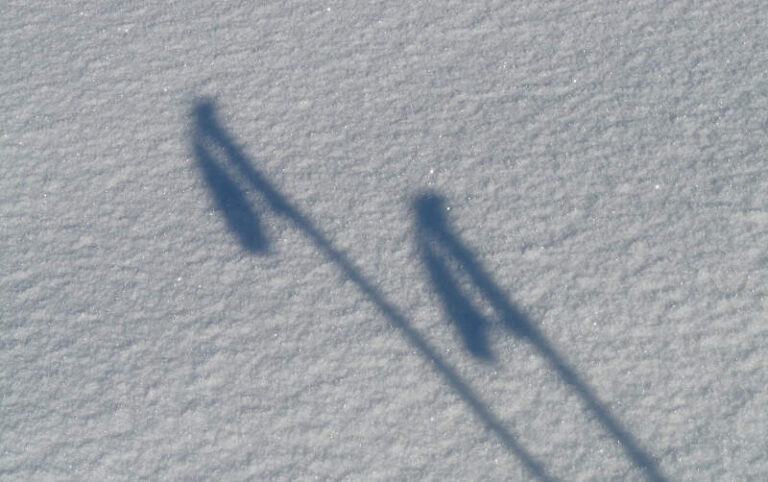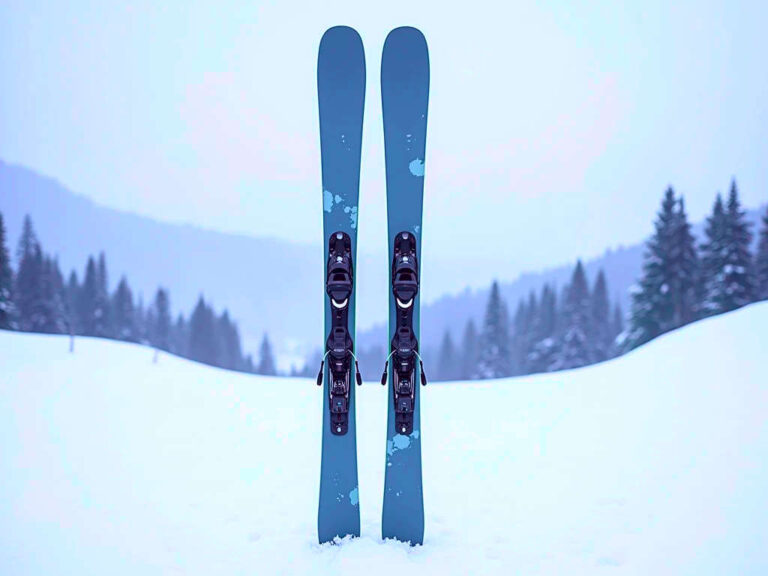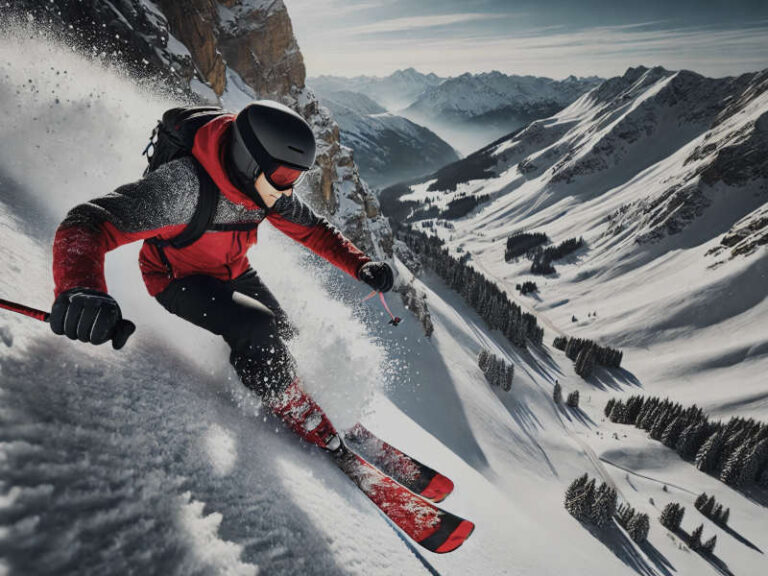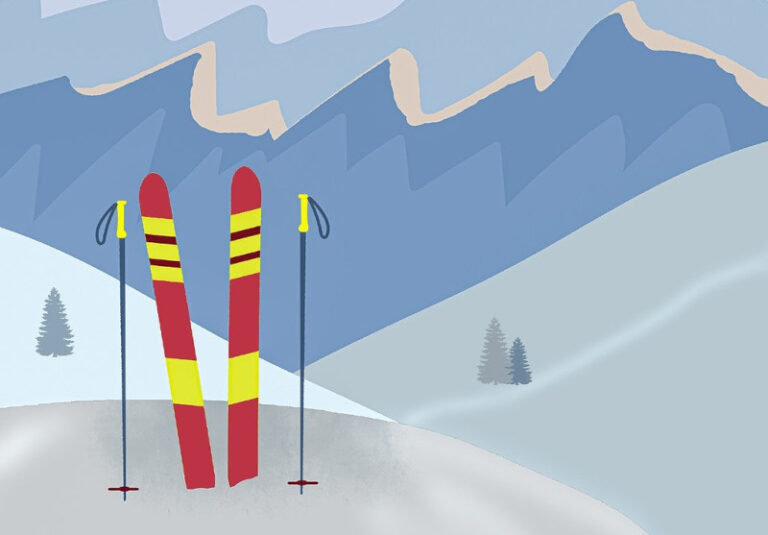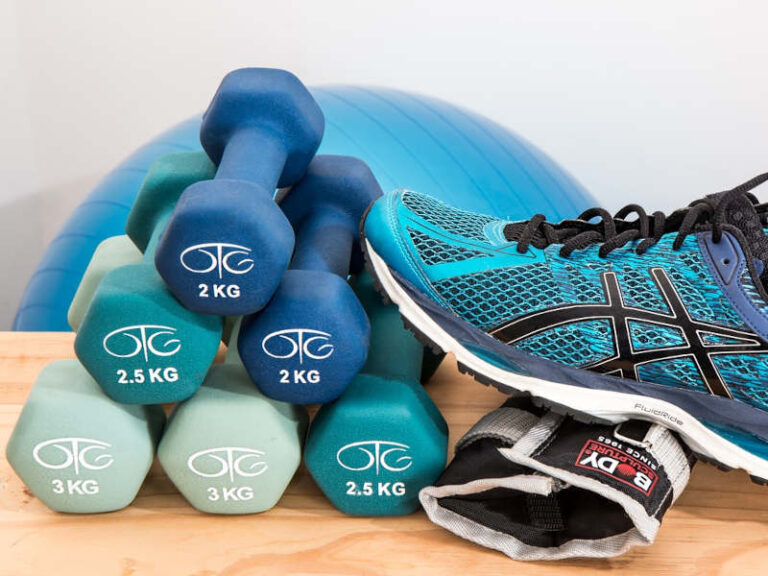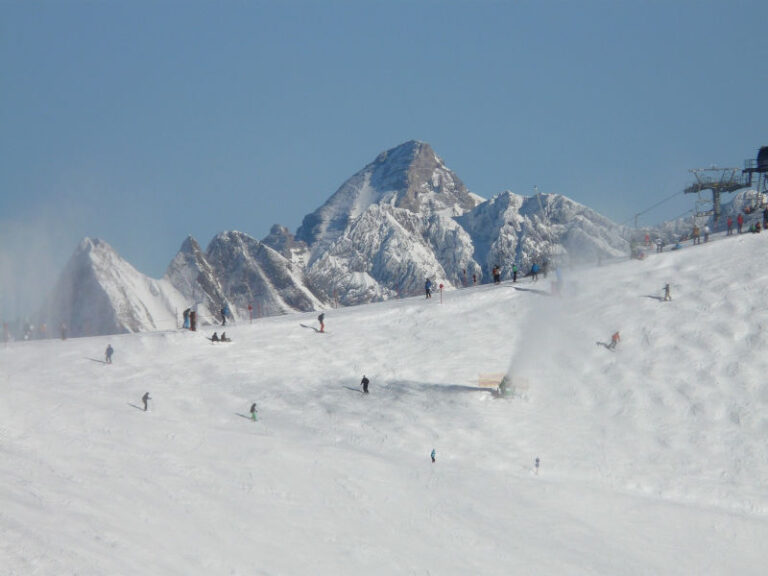What Do I Wear Skiing the First Time?
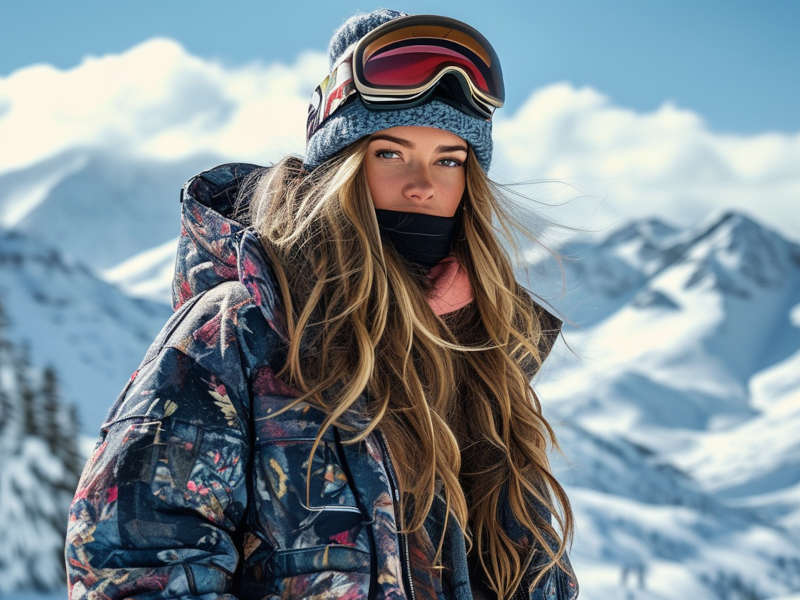
A Fun, Friendly Guide to Staying Warm and Looking Cool
If you’re about to embark on your first downhill skiing adventure, welcome to the club! It’s an exhilarating sport that delivers a potent cocktail of thrill, beauty, and occasional faceplants. But before you even think about carving your first turn or mastering the bunny hill, you need to answer one crucial question: What on Earth do you wear skiing?
Trust me, the right outfit makes all the difference. A poorly chosen ensemble can lead to a miserable, shivering day on the slopes or, worse, a day where you’re soaking wet, frozen, and stuck Googling “hypothermia symptoms.” So let’s go layer by layer and cover everything you need to know, with some humor to ease the anxiety (because I promise, you’re not alone in feeling overwhelmed).
Layers, Layers, Layers…
The Base Layers: Your Skiing Foundation
Let’s start with the basics. Base layers are like the foundation of a sturdy house or the flour in your cake batter—they’re essential. But don’t think of them as just any clothing. If you show up wearing a cotton T-shirt and leggings, you’re setting yourself up for a soggy, uncomfortable disaster.
Why Base Layers Matter Your base layers are designed to wick away sweat and keep you dry. Skiing is a workout, and you’ll be sweating even when it’s freezing outside. Cotton, as lovely as it is for your favorite summer T-shirt, absorbs moisture and stays wet. Enter performance fabrics like merino wool or synthetic blends, your new best friends.
Top Base Layer You want a long-sleeve, moisture-wicking shirt that fits snugly. Look for options labeled as “thermal” or “technical,” and remember: tighter is better (it does help with moisture control). Make sure it’s soft against your skin—scratchy, uncomfortable fabric has no place in your ski adventure. Bonus: Merino wool doesn’t stink even after a day of sweating, which is a win if you’re sharing a small cabin with friends.
Bottom Base Layer The same principles apply here. Invest in quality thermal leggings that wick sweat and insulate. Do not, under any circumstances, think regular workout leggings will cut it. These need to keep you warm without overheating, so find a pair that’s designed for cold weather. If the forecast is truly bone-chilling, go for thicker thermals. Otherwise, standard base layers should do the trick.
Mid Layers: Keeping Your Core Warm
Once your sweat is under control, we need to talk insulation. This is your mid layer’s job: keeping your core warm without making you feel like a stuffed sausage. If the weather’s mild, you might be able to get away with just your base and outer layers. But if it’s colder, or you’re more prone to feeling chilly, the mid layer is a game-changer.
Popular Options Your mid layer can be a fleece jacket, a light down vest, or an insulated pullover. Fleece is a classic for a reason: it’s warm, soft, and easy to move in. Lightweight down vests are also great because they insulate your core while keeping your arms free for movement.
Pro Tip: This layer is where you can really start feeling (or looking) like a snow warrior. The key is choosing something that provides warmth but breathes, so you’re not sweating buckets while riding the lift. Otherwise, you’ll be pulling off that fleece and frantically stuffing it into your backpack halfway through the day. And trust me, that mid-mountain fashion show is rarely graceful.
Outerwear: Your Shield Against the Elements
The pièce de résistance of your ski outfit: your ski jacket and pants. These protect you from wind, snow, and the occasional faceful of powder.
Ski Jacket Your ski jacket needs to be waterproof, windproof, and breathable. You’ll often hear “waterproof vs. water-resistant,” and let me tell you: Go for waterproof if you plan on skiing in wetter warmer although winter conditions. Go for water-resistant if you are in the real cold stuff and there is not much change the snow turns into water. Look for features like ventilation zippers as well (for when you’re sweating), snow skirts (to keep snow from sneaking up your back), and an adjustable hood.
Ski Pants Ski pants must also be waterproof or resistant and windproof. Pro tip: don’t skimp here. Wet pants make for a very short ski day. You’ll find two main options: regular ski pants and bib-style. Bib pants are like overalls and provide extra protection from snow, but without a front zipper they can make bathroom breaks… let’s say, interesting. Regular ski pants are easier to manage but might leave you vulnerable to snow sneaking into the waistband if you’re an enthusiastic about crashing into deep snow.
Adjusting to Wind Chill and Snow The mountain weather can change faster than your last Tinder date ghosted you. Wind chill can be brutal, so make sure you have the right outerwear to block those icy gusts. If the forecast looks extra harsh, layering up becomes even more critical.
Headgear: Protect Your Noggin (and Your Ears)
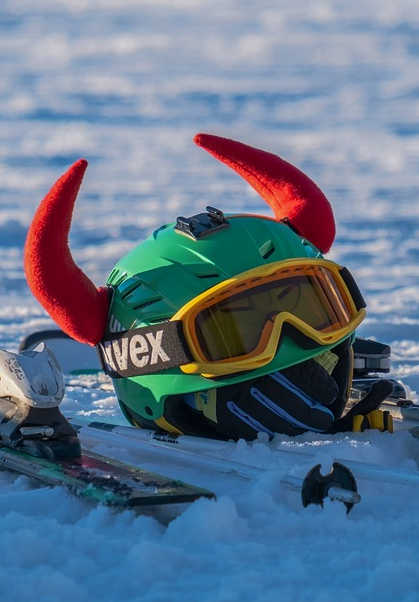
Helmets I can’t stress this enough: Helmets are not optional. Sure, there was a time when wearing one made you look uncool, but now, not wearing one makes you look…well, like someone who doesn’t value their brain. Your helmet should fit snugly and cover your forehead.
Pro tip: Try it on with your goggles to make sure everything fits smoothly.
Beanies and Helmet Liners If it’s really cold, you can wear a thin helmet liner or a beanie made specifically for under-helmet use. The rule here? No oversized pompom hats under your helmet.
Goggles Your goggles need to protect your eyes from UV rays and give you clear visibility when it is snowing. You’ll find different lens colors for various light conditions—amber or rose lenses work well in low light, while darker tints are better for sunny days. And anti-fog features are a great value add especially if conditions get humid and you are working hard and breathing hard.
Gloves and Hand Warmers: Say Goodbye to Frozen Fingers
Ski Gloves vs. Mittens Your hands will be working hard, gripping poles and adjusting gear. Waterproof and insulated gloves are crucial. If you tend to get cold easily, consider mittens, which are warmer since your fingers can share body heat. The downside? You’ll have to abandon any hope of using your phone. Mittens make typing an emergency text look like a chaotic thumb-wrestling match. The obvious fix, take them off.
Hand Warmers Toss a couple of these in your gloves or stash them in your pockets for an extra blast of warmth. On the coldest days, they feel like a hug for your fingers.
Waterproofing and Warmth Ratings Check the warmth rating on your gloves and look for features like wrist straps (so you don’t drop them off the lift) and nose wipes (yes, it’s a thing, and yes, you’ll use it).
Socks and Boots: Happy Feet = Happy Skier
Ski Socks Rule #1: No super thick, fluffy socks. They bunch up, cut off circulation, and make your boots fit poorly. Invest in moisture-wicking ski socks that are taller than your boots. They should fit snugly and feel like a second skin, not too tight though.
Ski Boots Ah, ski boots. They’re notoriously stiff, hard to walk in, and responsible for that signature “newbie waddle.” But they’re crucial for transferring your movements to the skis, so don’t skimp. Get fitted by a professional to avoid blisters and discomfort. And yes, expect to look like a baby giraffe taking its first steps—it’s a rite of passage.
Toe Warmers and Foot Comfort If you’re prone to cold feet, stash some toe warmers in your boots. Just make sure they don’t take up too much space or cause pinching. Happy feet really do make for a happy skier. With feet and hand warmers a little goes a long way.
Accessory Essentials: The Little Things That Make a Big Difference
Neck Warmers and Balaclavas A good neck warmer or balaclava protects your neck and face from frostbite and windburn. Plus, it saves you from looking like Rudolph when you finish for the day. Balaclavas are great for full coverage, while neck warmers are more versatile.
Sunscreen and Lip Balm Snow reflects up to 80% of the sun’s UV rays, so lather up with sunscreen even if it’s cloudy. Don’t forget SPF lip balm unless you want a cracked, painful smile in all your photos. And yes, the “raccoon tan” from your goggles is real, so embrace it!
Backpacks and Hydration If you need to carry water, snacks, or an extra layer, consider a small backpack. Staying hydrated is essential, even in the cold. A hydration pack or water bottle with an insulated cover will do the trick.
Final Tips and Dressing Mistakes to Avoid
Let’s recap. Dress in moisture-wicking base layers, add a warm but breathable mid layer, and finish with waterproof or water-resistant outerwear. Protect your extremities with quality gloves, a helmet, goggles, and warm socks. Layer up wisely so you can adjust to changing weather conditions so you don’t be that skier who overdressed and ends up sweating like a hot mess.
Common Mistakes to Dodge:
- Wearing cotton base layers: a surefire way to end up cold and wet.
- Forgetting to adjust layers based on the weather forecast.
- Skimping on gloves and socks—frozen fingers and toes are the worst.
Conclusion
You don’t need every piece of gear on this list to have a good time on the slopes, but being aware of your options makes it easier to choose what works for you. As a beginner, renting or borrowing some items can be a smart way to test things out. Just remember that a solid helmet, proper gloves, and waterproof/resistant outerwear are non-negotiables for comfort and safety.
Ultimately, skiing is about having fun, embracing the cold, and maybe even laughing at yourself a bit. Dress well, stay warm, and get ready for an adventure—because no matter how clumsy you feel at first, every skier starts somewhere. And hey, as long as you can make it down the mountain with your gear intact and a smile on your face, you’re doing great.

by: T. Belleau
Health and sports are at the heart of Trisha’s writing passion. An avid cyclist, mountain biker, and e-biker, she brings firsthand experience and genuine excitement to her sports-related articles. Trisha’s love for the outdoors extends… read more

